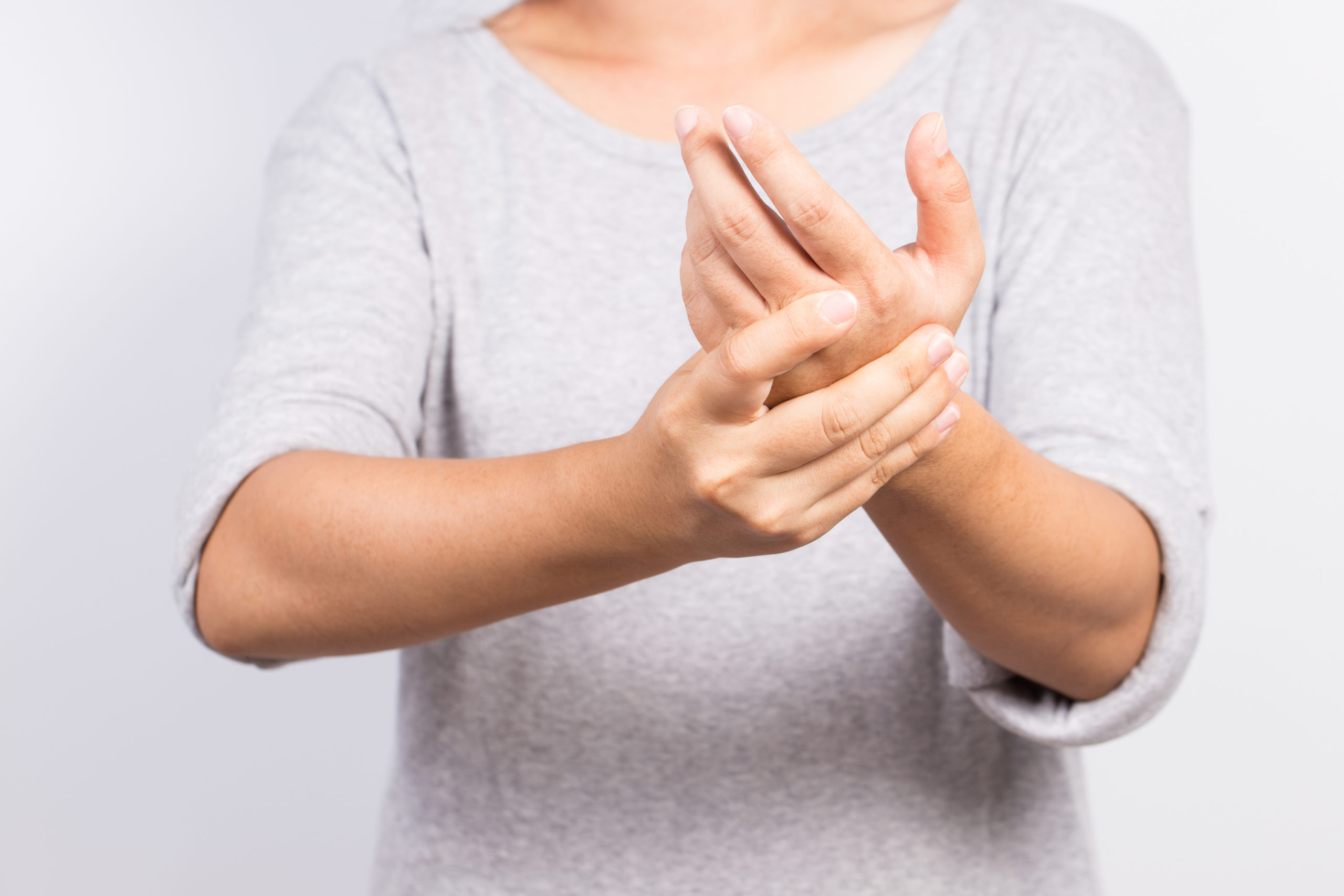
 Here we take a look at some common thumb injuries and how to relieve pain and discomfort, including splinting and different thumb excercises.
Here we take a look at some common thumb injuries and how to relieve pain and discomfort, including splinting and different thumb excercises.
Sometimes you don’t realise how much you need something until you cannot use it properly due to injury or a condition. The thumb is the most important digit to the hand due to the ability to oppose the fingers. This is a characteristic that makes humans unique compared to primates. It allows us to manipulate objects and have fine motor control, which is very important to hand function. Hence when you injure your thumb, it’s painful or you cannot use it, it affects ability to complete most of your daily activities.
Pain and limited use of your thumbs can be caused by a variety of things. These include:
• Osteoarthritis at the carpometacarpophalangeal joint (MCP joint): This is the base joint of the thumb which provides allows you to move up and down and side to side and in combination circumduction. Wear and tear of this joint can lead to pain, stiffness, swelling and reduced range of motion, limiting thumb function.
• Hypermobility of the thumb joints: Some people have an increased laxity in their joints, meaning the joints stretch further than they should. When the thumb is loaded during a pinching task sometimes the thumbs can collapse into hyperextension causing pain.
• Skier’s Thumb or Ulnar Collateral Ligament injury: Skier’s thumb is where the ulnar collateral ligament on the inside of the thumb is strained/torn/avulsed. This is the main stabilising ligament to the thumb during pinching tasks. It is often caused by a fall onto the hand and thumb, which is common during skiing hence the name.
Thumb Fractures. This often occurs from ball sports or a fall and results in a crack or a break in the bone.
• Thumb fractures: This often occurs during ball sports or following a fall and results in a crack or a break in the bone.
How to treat thumb injuries
Splinting is often appropriate and required after these injuries. Range of motion, proprioception and strengthening exercises can be commenced when appropriate to help reduce pain, increase stability and control and improve function.
Range of motion exercises can regain motion and reduce pain/stiffness.
Proprioception exercises can help to restore stability, control and strength to the thumb enabling you to be able to use your hand for function.
If you have any questions regarding thumb injuries and thumb exercises or wish to book an appointment, feel free to contact us here. We’d be more than happy to help!
